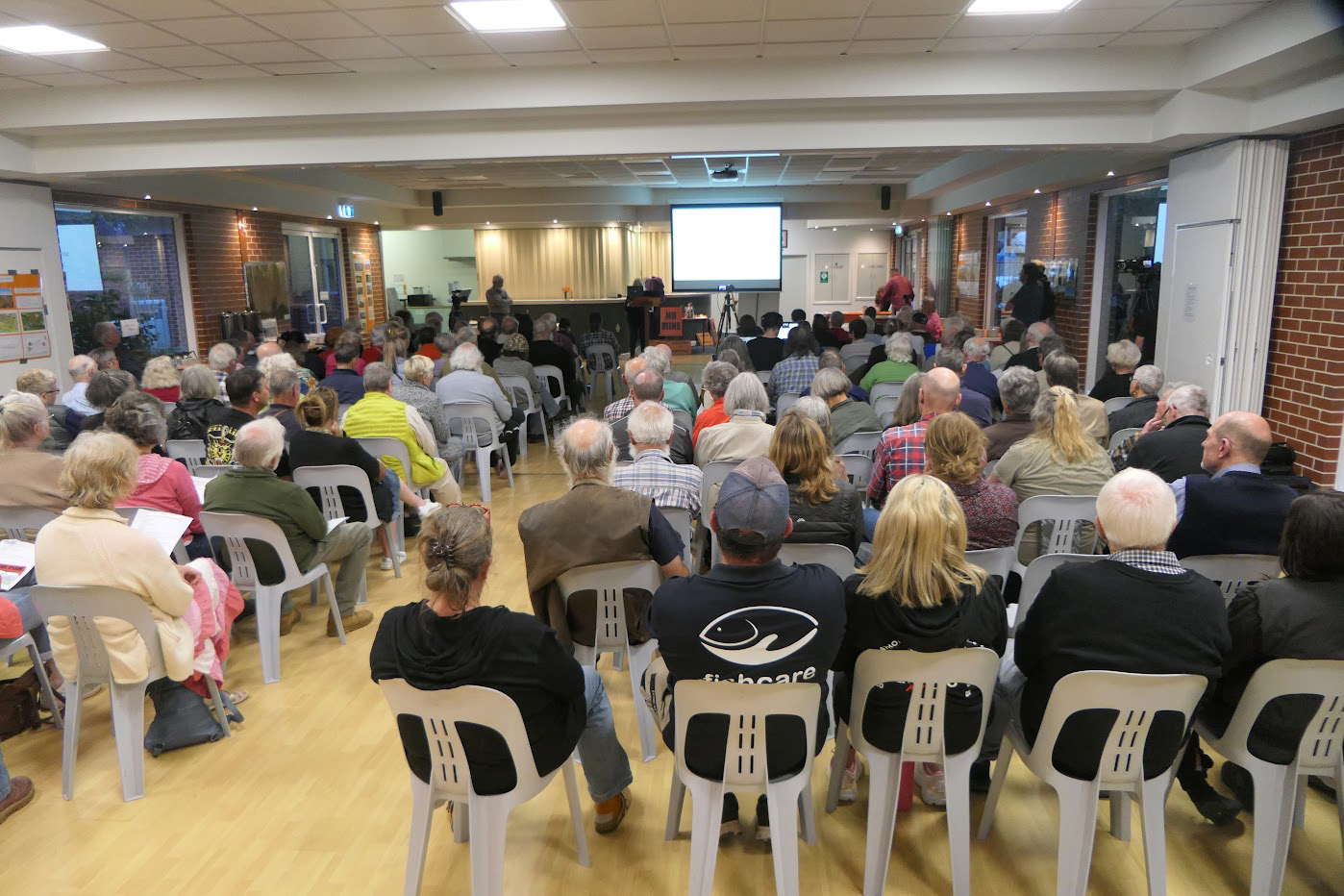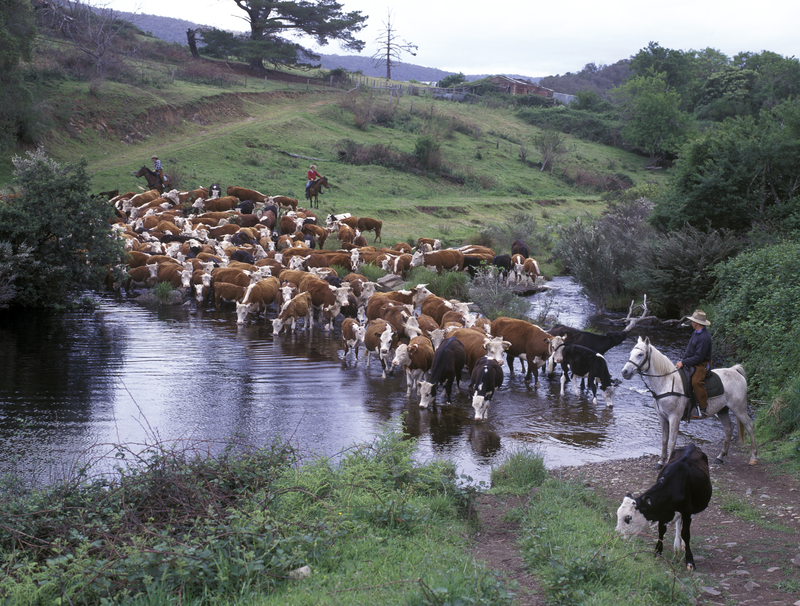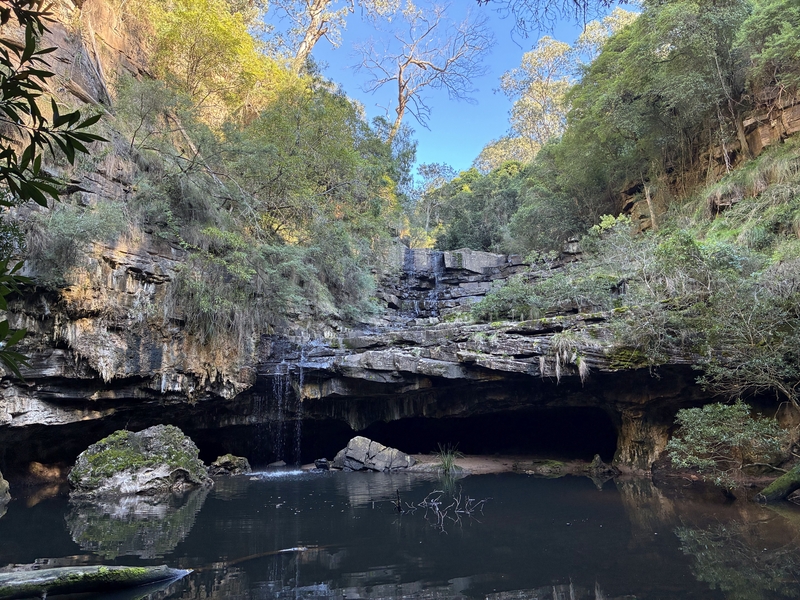
Photo: Mine Free Glenaladale.
Australian Rural & Regional News reminds readers that Letters to the Editor are the views of the writer. Discussion is welcome, so add your comments below the letter.
Robyn Grant, President, Mine Free Glenaladale, November 2025
The Victorian Labor Government is claiming critical minerals will develop jobs and regional growth and boost local economies.
Mine Free Glenaladale and the community it represents in East Gippsland disputes this claim by the Government, as there is a high probability existing jobs and industries would be adversely affected by a proposal of a mineral sands mine 25 kilometres west of Bairnsdale.
In 2021, a proposal by Kalbar Resources for the Fingerboards mineral sands mine was rejected following an exhaustive Environmental Effects Statement (EES) process. The former Planning Minister, Richard Wynne, said a development such as this was unacceptable in this location. This was due to the impacts on the environment, the agriculture and horticulture industries, social values, cultural heritage and surface water values downstream from the site.
The mine project area is situated on a plateau which forms the watershed of the Heritage-listed Mitchell River and the Perry River, both of which flow into the RAMSAR listed Gippsland Lakes.

Photo: Tsvibrav.
Kalbar Resources was rebranded as Gippsland Critical Minerals (GCM) in 2023 and in 2024 Resources Victoria renewed two retention licences and gave GCM 12 months to rescope the failed Kalbar project. This concludes on 11th December, 2025, with the possibility of another Environmental Effects Statement that the community has to respond to.
This project if given the go ahead will adversely affect the economic base of the region.
There is a high probability that rural businesses will be impacted by either radioactive and toxic dust, or contamination of irrigation water supplies from runoff from the mine site and leaching of chemicals from burying tailings into the mine void.
Many thousands of people are employed in the horticultural and agricultural industries in the Lindenow Valley and surrounds and in ancillary businesses that support these multi-million dollar industries.

Photo: John Carnemolla.
The Lindenow area is one of the most important food bowls in the state, supplying not only Victorian and interstate markets but also the export market. Any contamination issues affecting Quality Assurance could see these markets disappear, leading to financial stress in the region and affecting food security in the long term.
Tourism is another industry in East Gippsland that is worth millions to the local economy. Impacts and threats to waterways will be devastating for the tourism experience.
The use of chemicals and flocculants for dust control and in mining processing break down under certain conditions into substances that are highly toxic to aquatic species and other organisms. This could lead to large-scale fish kills in the rivers and lakes, impacting greatly on recreational fishing and lessening the experience of tourists visiting the area.
The location is at the gateway to the Dargo High Plains, the Alpine National Park and the popular Den of Nargun in the Mitchell River National Park.

Photo: Allister Wade.
The business leaders in East Gippsland need to back the community and existing businesses and develop industries which will not destroy the unique environment and opportunities that exist in this area.
Gippsland Critical Minerals has released changes to the original Kalbar Resources’ proposal as part of the rescoping of the project. These changes do nothing to mitigate 49 impacts that were identified in the EES. One such change was a 1.5 kilometre buffer to mitigate dust from impacting the Lindenow horticulture area. This will not stop the dust and there are no mitigation measures proposed to protect other agriculture businesses on three sides of the project area.
Gippsland Critical Minerals’ “new” co-disposal and below ground tailings approach will only add to contamination issues. This is purely an out of sight, out of mind approach and is highly dangerous to the surrounding environment. Tailings back-filled and buried in the large mining voids will leach toxic substances into the soil and aquifers and consequently into the rivers and Gippsland Lakes. Once tailings leak into waterways the consequences will be felt for decades.
Are the Labor Government and Resources Victoria prepared to risk these existing foundation industries which have sustained the East Gippsland economy for years, and replace them with a speculative mining industry? As well, back a development of this scale by a company which has never mined with the possibility it could destroy a Heritage Listed river and the iconic RAMSAR listed Gippsland Lakes and wetlands?
At this point of time the community is questioning the mine’s viability as Gippsland Critical Minerals has reduced the mine footprint by 27 per cent compared to the original Kalbar Resources project. During the EES process financial figures were produced by Kalbar Resources to show the mine’s viability. When scrutinised these figures were found to be questionable.
One of the criteria for Resources Victoria to grant the retention licence was the economic viability of the proposed mine over the larger mining area.
The Victorian Government has also stated that locally-sourced critical minerals are being supplied to renewable energy projects supporting the Victorian renewables transition. With the recent Albanese and Trump critical minerals pact and the prospect of the US War Department being investors in the mining and processing of rare earths in Australia, there is a high possibility that any minerals mined from East Gippsland will be channeled into the development of defence capabilities.
Are the Government and Resources Victoria prepared to fast track the destruction of our environment and existing industries in East Gippsland to support all the uncertainties of a mineral sands industry?
Watch on YouTube for full details of this documentary.
